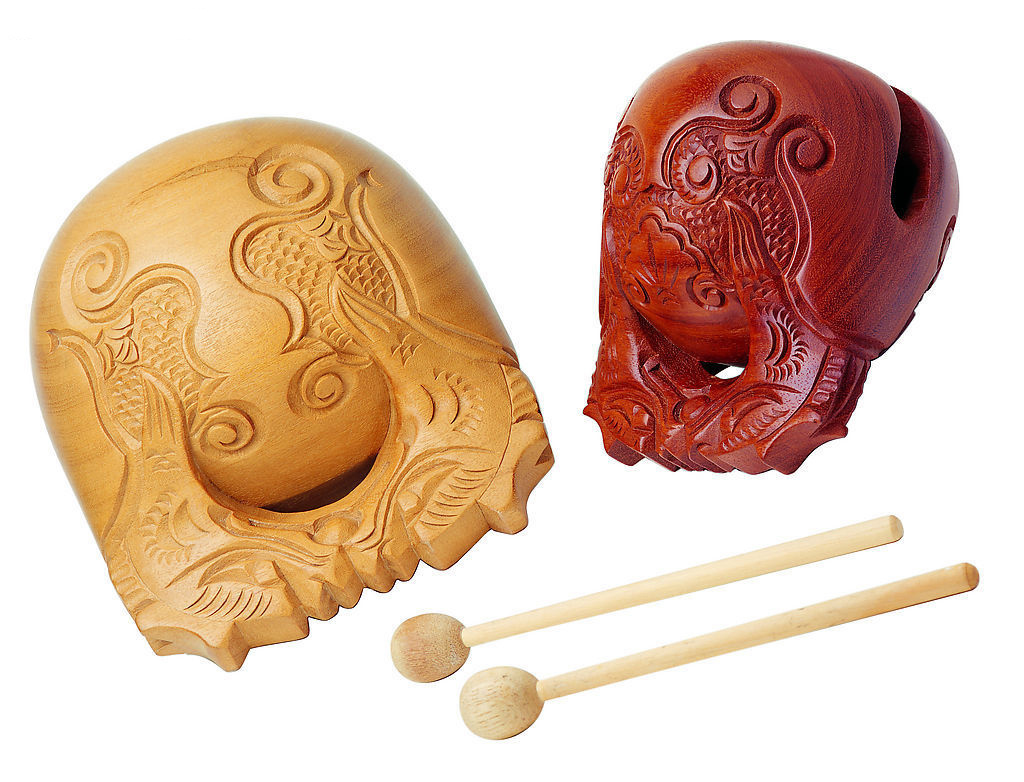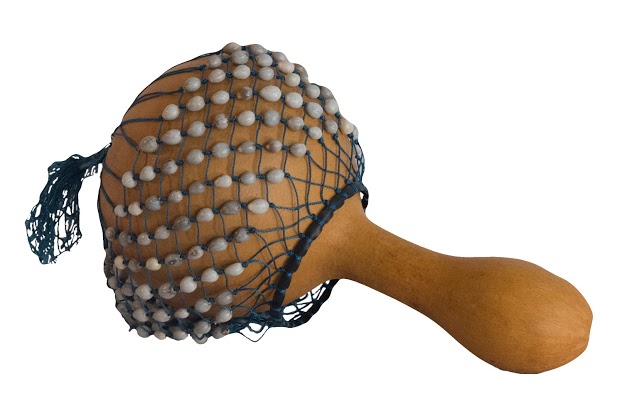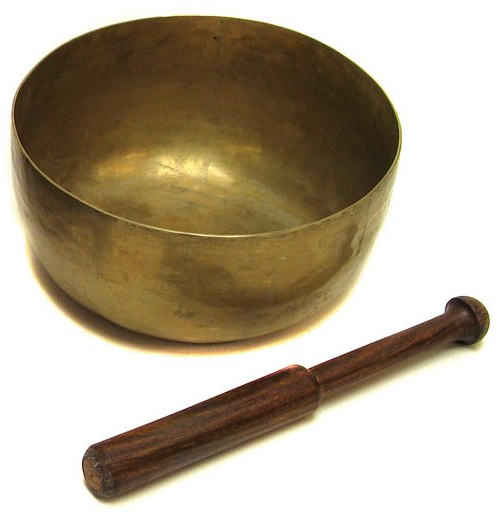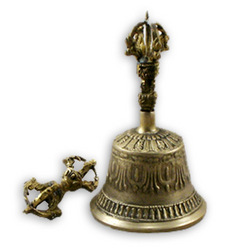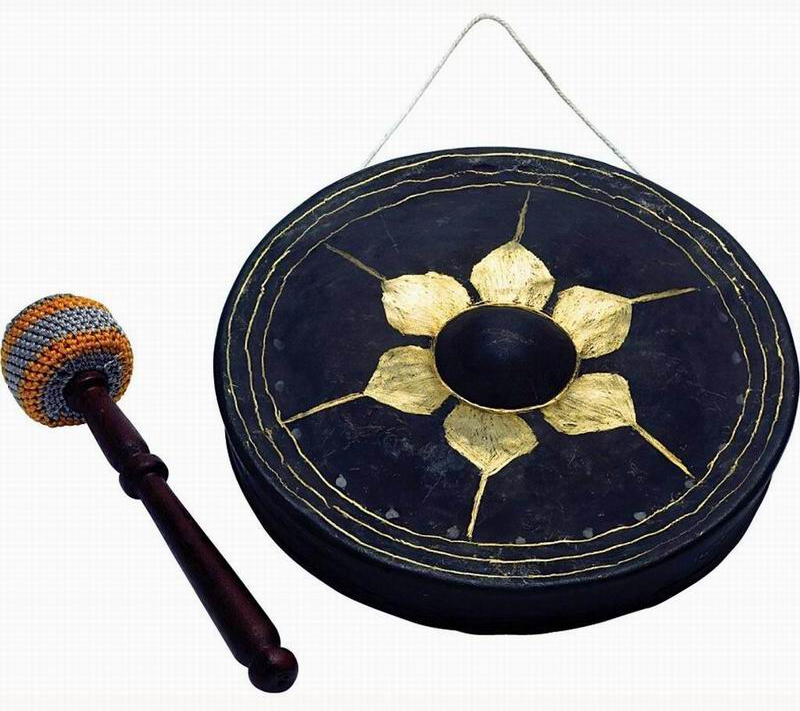Lalun – instruments
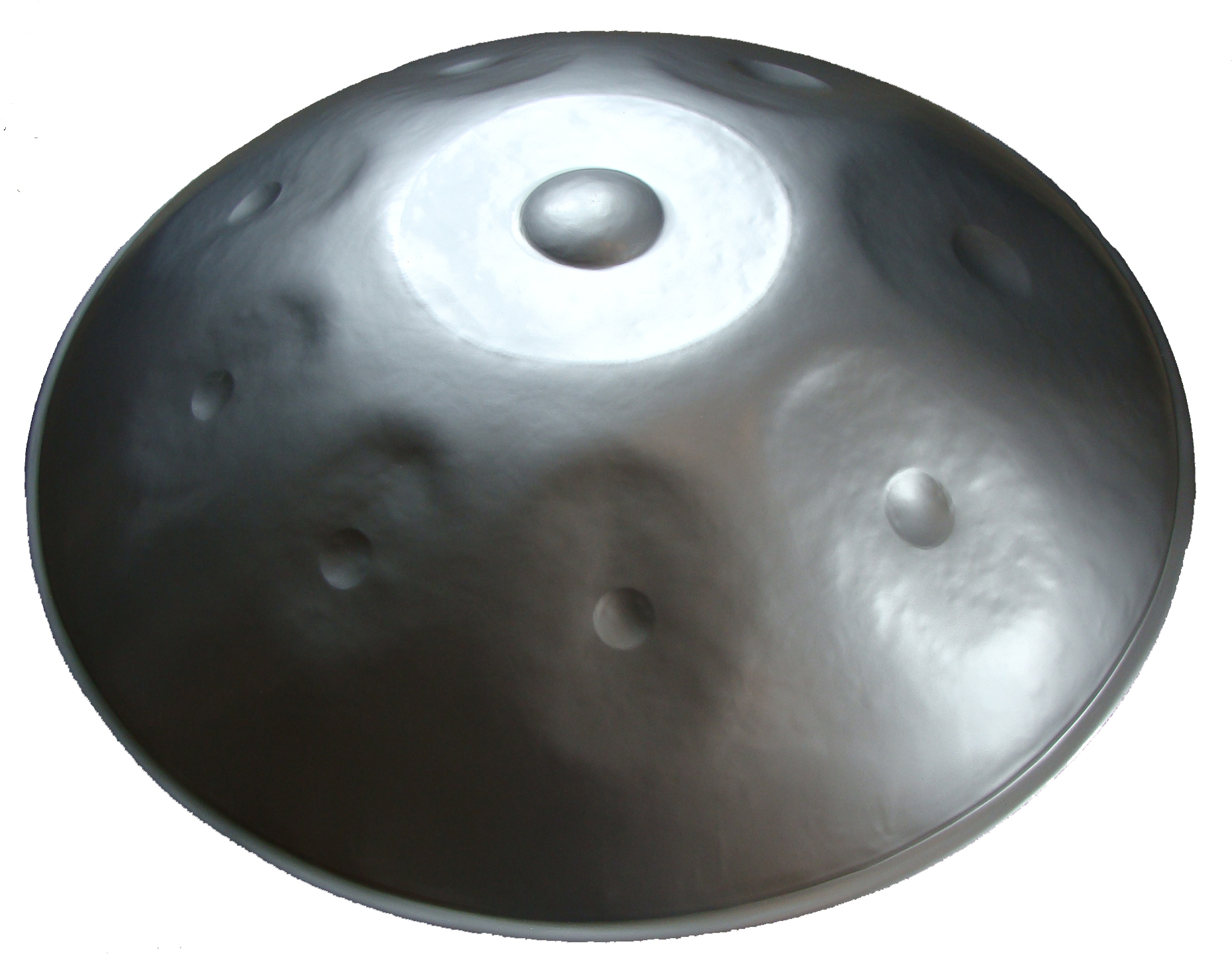
Handpan
The first handpan was created in 2000 by Switzerland instrument makers Felix Rohner and Sabina Schärer of the PANArt Company, after many years of research on the steel pan and other resonating percussion instruments from around the world: gongs, gamelan instruments (Indonesia), ghatam (India), drums, cowbells (Africa), musical saw… etc. Today, hand pans come in many different models produced by a handful of makers worldwide. Each instrument is tuned to a different mode, generally having about 8-10 notes on each. The makers often accept custom orders of unique scales to suit the players’ special needs. The handpan can be played with the fingertips, thumbs, and the heel of the palm. Since this is a very young instrument, the players and makers continue to discover new sounds with new techniques.
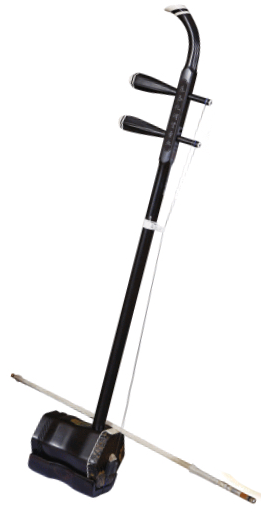
Erhu (Chinese violin )
Originated in Central Asia and introduced to China more than one thousand years ago, the erhu 二胡 belongs to the large family of stick fiddles that are found in many countries. The erhu is played while held on the lap. Its two strings are tuned to a fifth, with the bow placed between them. The erhu has no fingerboard. The player places the fingers on the strings without pressing them against the wood neck, giving the flexibility to apply different degrees of pressure on the strings to alter the tone.
The erhu is usually made of ebony, sandalwood or rosewood, with a snakeskin resonator. The folk versions vary in the shapes and materials of the sound boxes. The bow is made of bamboo stick and horse hair. Since 1960s , the strings are made of steel, learning from the violin and replacing the silk strings of the ancient time. A popular instrument in solo and ensemble music, erhu’s expressive sound resembles the human voice. Its traditional repertoire is deeply rooted in the vocal and opera traditions. More info on Erhu History
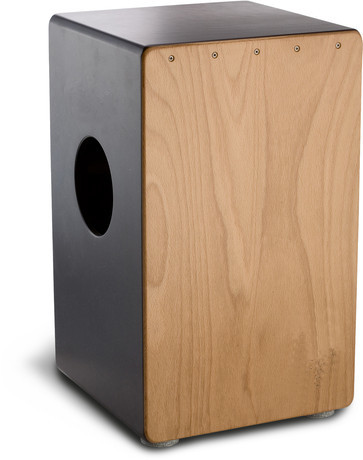
Cajon
The cajón is a six sided, box-shaped drum made of sheets of plywood. Originally from Peru, it is played by slapping the front or rear faces with the hands, fingers, or sometimes brushes, mallets, or sticks. The striking surface of the cajón is commonly referred to as the “tapa”. A sound hole is cut on the back side. The player sits on top of the cajón to play. The cajón is the most widely used Afro-Peruvian musical instrument since the late 18th century, originally played by African slave musicians in the Spanish colonial Americas. Today, the instrument is common in musical performance throughout the Americas, the Philippines and Spain. Spanish flamenco guitarist Paco de Lucía brought the cajón to Spain in 1977. It has since become an important instrument in flamenco music.
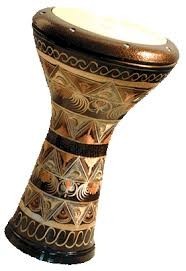
Dumbek
The dumbek (also known as chalice drum, tarabuka, darbuka, debuka, doumbek,dumbec, dumbeg, dumbelek, toumperleki, or tablah, darbūkah) is a single head membranophone with a goblet shaped body used mostly in the Middle East, North Africa, South Asia, and Eastern Europe. The origin of the term darabukka probably lies in the Arabic word “darba” (“to strike”). The original use of goblet drums in Babylonia and Sumer dates from as early as 1100 BC.
The Eastern and North-African goblet drums are played under the arm or resting on the player’s leg, with a much lighter touch and quite different strokes (sometimes including rolls or quick rhythms articulated with the fingertips) than hand drums such as the djembe, found in West Africa.
There are three main sounds produced by the goblet drum. The first is called the “doum”. It is the deeper bass sound produced by striking the head near the center, with the length of the fingers and palm and taking off the hand for an open sound. The second is called the “tek” and is the higher-pitched sound produced by hitting near the edge of the head with the fingertips. A ‘tek’ struck with the secondary hand is also known as a “ka”. The third is the closed sound ‘pa’, resting rapidly the hand on the head to not permit an open sound. Additionally, there are more complex techniques including snaps, slaps, pops and rolls that are used to ornament the basic rhythm.
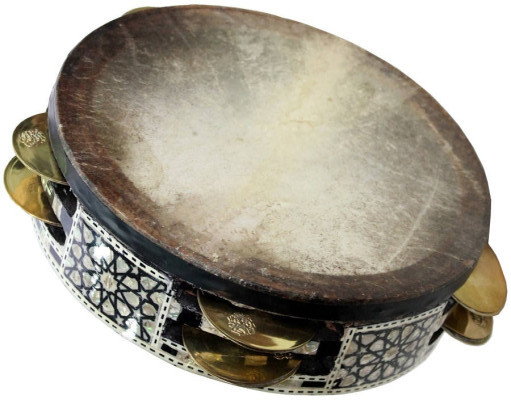
Riq
A traditional instrument in Arabic music, the riq is a type of tambourine. It is an important instrument in both folk and classical music throughout the Arabic-speaking world. It traditionally has a wooden frame (although in the modern era it may also be made of metal), jingles, and a thin, translucent head made of fish or goat skin (or, more recently, a synthetic material).
